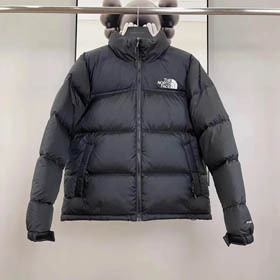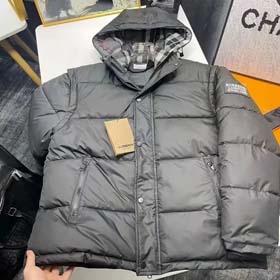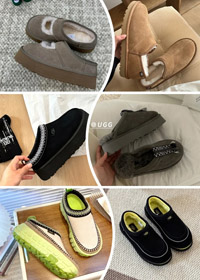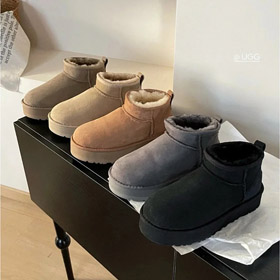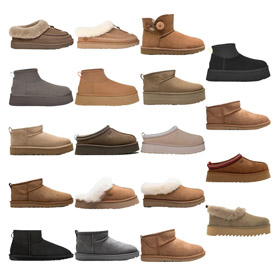Founded in 1856 by Thomas Burberry, Burberry has evolved from a humble outdoor attire brand into a globally recognized symbol of British luxury. The brand's journey began in Hampshire, England, where Burberry invented gabardine—a revolutionary waterproof fabric that laid the foundation for iconic designs like the Trench Coat, initially crafted for military officers during World War I.
Innovation and Iconic Designs
Burberry's commitment to innovation extended beyond fabric. The introduction of the signature check pattern in the 1920s became a hallmark of the brand, adorning everything from scarves to luggage. Despite controversies over its overexposure, the check remains synonymous with heritage and craftsmanship. Today, creative directors like Riccardo Tisci have reimagined classic motifs while preserving Burberry's essence, blending tradition with modernity in seasonal collections.
Global Expansion and Cultural Influence
By the 21st century, Burberry had cemented its status as a global fashion powerhouse, leveraging digital campaigns and celebrity endorsements. The brand's 2010 «Art of the Trench» campaign showcased customer-photographed trench coats, bridging high fashion and social media engagement. For those interested in exploring Burberry’s latest offerings, this curated spreadsheet
Challenges and Reinvention
Facing counterfeiting issues in the early 2000s, Burberry strategically reduced its dependency on the check pattern, focusing instead on leather goods and runway-ready designs. Under CEO Marco Gobbetti, sustainability became a priority, with commitments to carbon neutrality and eco-friendly packaging. Such pivots highlight Burberry’s adaptability while honoring its 168-year legacy.
Looking Ahead
Burberry continues to innovate, blending tech—such as VR runway shows—with timeless elegance. Whether through limited-edition collections
